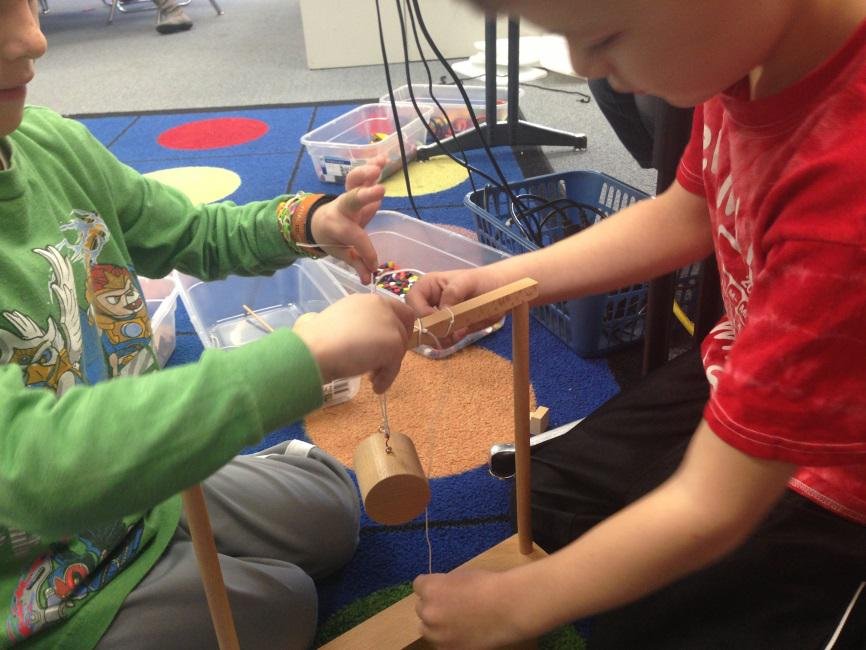How to Help Your Child Retain Information and Learn Effectively
Teaching your child at home can be a rewarding but challenging experience, especially when it comes to helping them retain information. Our brains are incredible at storing information, but they work best when that information is meaningful and well-organized. In this article, we’ll explore why this is the case, along with practical tips that you, as a parent, can apply to help your child remember and truly learn what they’re studying.
How Our Brains Store and Recall Information
To better understand how to help your child retain information, it’s important to know how the brain works when it comes to memory. Information that is meaningful and doesn’t interfere with other knowledge is much easier for the brain to store in long-term memory.
A famous example of an extraordinary memory is Solomon Shereshevskii, a Russian journalist born in 1886. Shereshevskii had an exceptional ability to remember information, even recalling a 30-character formula consisting of letters and numbers some 15 years after first hearing it.
However, Shereshevskii’s incredible memory came with a significant challenge: while he could remember almost everything, he couldn’t organize the information into meaningful patterns. He could understand individual words but struggled to make sense of their meaning when they were placed together in a sentence.
Unlike Shereshevskii’s case, most people, including your child, find it easier to remember information that is organized and has personal significance. Information that feels random or disconnected is harder for the brain to retain. So, how can you make learning meaningful for your child and improve their ability to store information? Let’s dive into some practical tips.
The Power of Spaced Repetition
One of the most effective ways to help your child retain information is through a technique called spaced repetition. This method involves reviewing information at increasing intervals over time, rather than cramming it all at once.
This approach was first explored by German psychologist Hermann Ebbinghaus in the 19th century. Ebbinghaus found that people tend to forget 90 percent of what they learn within 30 days. However, he discovered that when information is repeated at spaced intervals, the brain is more likely to hold onto it.
Practical Tip #1: Build a Spaced Repetition System
To implement spaced repetition with your child, follow these steps:
– Review Daily: After introducing new material, review it with your child the next day to reinforce their memory.
– Increase Intervals: After the initial review, go over the material again in a few days, then a week, and finally, a month later. Gradually increasing the time between reviews makes the information stick better.
– Use Flashcards: Flashcards can be a powerful tool for spaced repetition. You can make flashcards for vocabulary words, math facts, or historical events. Encourage your child to review the cards at regular intervals, prioritizing the ones they struggle with the most.
By repeating information at strategic intervals, you send a signal to your child’s brain that this material is important, and over time, it will be more firmly stored in their long-term memory.
Making Learning Meaningful
For information to be stored in the long-term memory, it needs to feel important and meaningful. If something is random or disconnected from a child’s experiences or interests, it’s much harder for them to remember.
When teaching your child, try to make connections between what they’re learning and things they already know. This could involve relating new material to their interests, real-world experiences, or prior knowledge.
Practical Tip #2: Create Meaningful Connections
Here are some ways to make learning more meaningful for your child:
– Relate to Interests: If your child loves sports, try using examples from their favorite sport to explain math problems or science concepts. For example, you could explain geometry by talking about the angles used in basketball or soccer. This creates a meaningful connection between the new material and something they care about.
– Use Real-Life Applications: Show your child how what they’re learning can be applied in real life. For instance, when teaching fractions, you can bake something together and use measuring cups or hands on manipulative tools to demonstrate how fractions work. This kind of hands-on activity makes abstract concepts feel more concrete.
– Activate Prior Knowledge: Before teaching something new, ask your child what they already know about the subject. This activates their prior knowledge and helps the brain organize new information in a meaningful way. You could say, “We’re going to learn about plants today. Do you remember when we planted those flowers in the garden last spring? What do you remember about how they grew?”
By making learning meaningful and connecting it to your child’s experiences, you can help them retain and understand information more effectively.
Overcoming the Challenge of Interference
Another challenge when teaching your child is interference—when new information replaces or gets confused with older knowledge. This can be particularly frustrating when learning a foreign language or other subjects that involve similar but distinct information.
For example, when your child learns a new word in a foreign language, they might accidentally replace a word they already know that sounds or looks similar. This happens because, when we recall something from our long-term memory, it temporarily enters our short-term memory again. At this point, new information can replace or alter it.
Practical Tip #3: Review and Build on Old Knowledge
To prevent interference and help your child retain old information while learning new things, you can:
– Review Regularly: Periodically review older material to ensure that it stays fresh in your child’s memory. For example, if they’re learning a new list of vocabulary words, go back and review the previous list after introducing the new one.
– Teach in Layers: Instead of moving on to a completely new topic, try building on what your child already knows. For instance, if they’ve mastered addition, teach them subtraction by showing how it relates to addition. This reinforces the connection between the two concepts and reduces the risk of interference.
– Encourage Mindful Learning: Help your child focus on the differences between similar pieces of information. If two vocabulary words look or sound alike, take time to emphasize their differences and create distinct mental images or associations for each word.
By periodically reviewing old information and layering new knowledge on top of existing understanding, you can reduce the chances of interference and ensure your child retains what they’ve learned.
Summary: Helping Your Child Learn and Retain Information
At-home learning is a journey that requires patience, creativity, and the right strategies to ensure that your child not only understands what they’re learning but also retains the information over time. By implementing spaced repetition, making learning meaningful, and being mindful of interference, you can help your child succeed academically and develop a lifelong love of learning.
Here’s a quick summary of the tips we covered:
1. Use Spaced Repetition: Regularly review material at increasing intervals to reinforce memory.
2. Make Learning Meaningful: Connect new information to your child’s interests and real-world experiences.
3. Combat Interference: Periodically review old information and build new knowledge on top of it to prevent confusion.
With these practical strategies, you can help your child retain and master new information, setting them up for success in their educational journey at home.













LEAVE A COMMENT